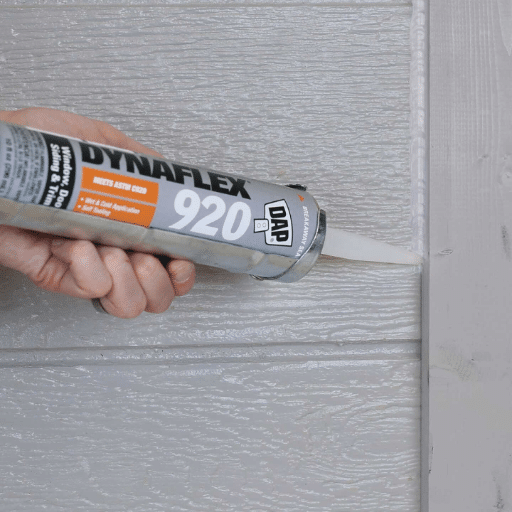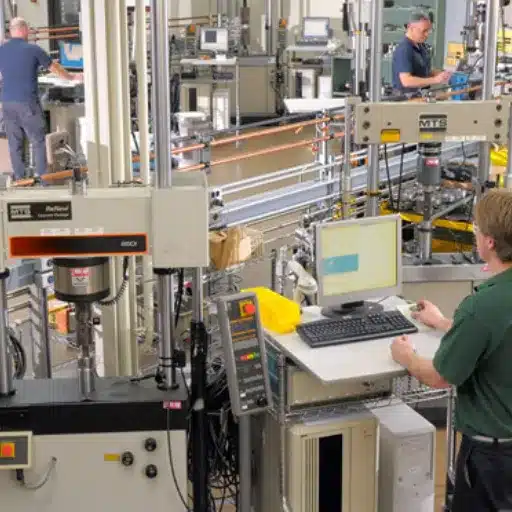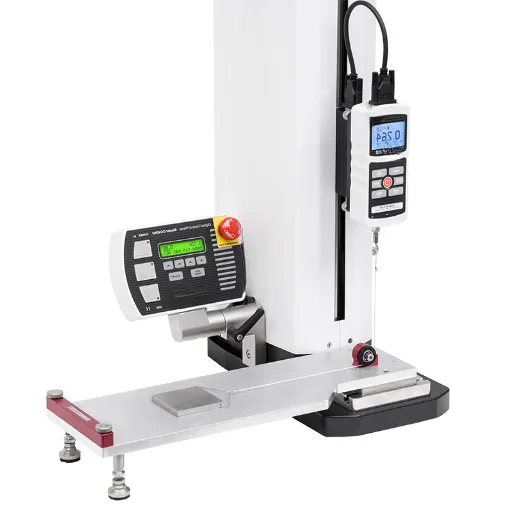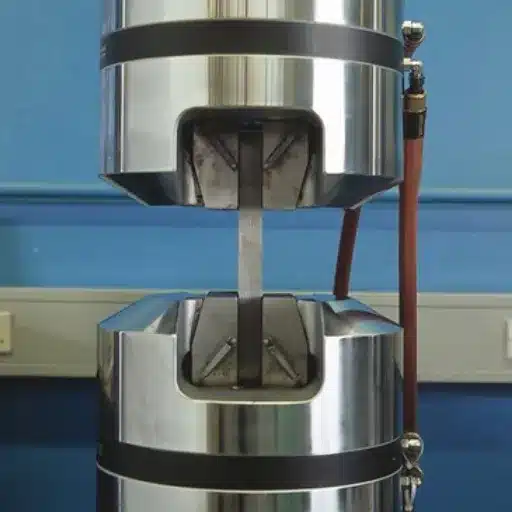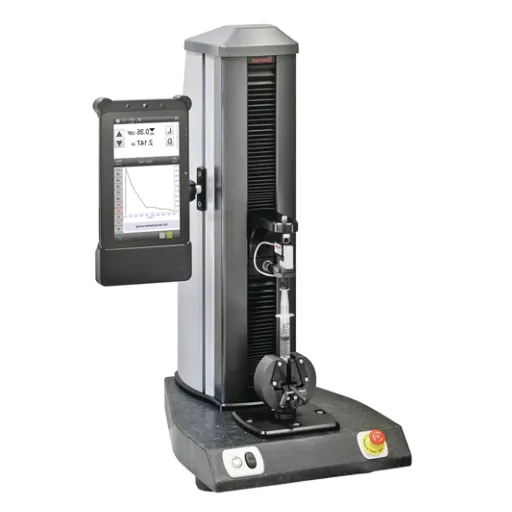Sealants need to be reliable and effective in many industries, be it construction or car manufacturing. Adhesion performance and its ability to hold are critical to the performance and longevity of such materials, and standardized testing methods provide a perfect venue for evaluating them reliably, of which ASTM (American Society for Testing Materials) is an example. Hence, it becomes very important to assess adhesion testing in the context of sealants, concentrating on the major ASTM standards inculcated into the entire procedure. This detailed guide will fully enable you to comprehend and evaluate sealants from both ends: a developer or just someone interested in knowing how sealants’ testing works.
Understanding Sealants and Their Importance
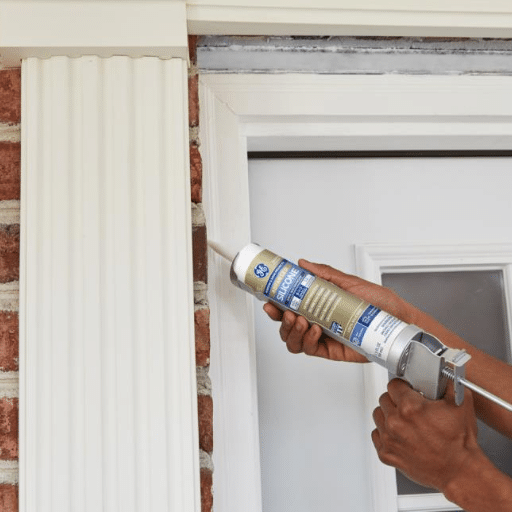
Definition of Sealants and Their Applications
Sealants are materials which stop fluid passage through a surface or through joints or openings. They are mostly made to block air or water or any other substance from entering in a structure, thus preserving its strength and durability. Adhesives are chiefly used to bind one material to another; sealants, on the other hand, fill holes, provide flexibility, and offer protection against adverse environmental conditions such as moisture, dust, or extreme temperatures.
Sealants have innumerable applications from construction to automobile, aerospace, and other industries. As a principal application in construction, sealants are used in sealing joints in windows, doors, and building facades so that the energy efficiency and weatherproofing are improved. The automotive, aerospace, and sealants are somewhat responsible for preventing fluid leakages, improving aerodynamics, and dampening vibrations. They are so versatile in their functionalities and can be customized upon performance specifications, thereby making them indispensable to any industry.
Understanding the importance of sealants also means grasping their potential to reduce maintenance costs and increase the service life of the structures or objects to which they are applied. Sealants keep surfaces free of external elements and wear and tear, thereby conserving functionality and appearance for the long term. They also play a substantial role in sustainability: high-performance sealants aid the environment by conserving energy and offering resistance in present-day applications.
Importance of Adhesion in Sealant Performance
Adhesion is a crucial factor in the performance of sealants, as it ensures that the sealant effectively bonds to the surfaces it is applied to. Without proper adhesion, the sealant may fail to provide the intended protection against external elements, leading to potential structural vulnerabilities, such as leakage, cracking, or surface degradation. Strong adhesion allows the sealant to maintain its integrity over time, even under challenging environmental conditions or mechanical stress.
Sealants with reliable adhesion also contribute to energy efficiency and overall durability. For instance, in construction and infrastructure, a well-adhered sealant prevents air and moisture infiltration, which can help regulate indoor temperatures and reduce energy consumption. This not only supports long-term sustainability but also minimizes the need for frequent repairs or replacements, saving both time and resources. Furthermore, adhesion is essential for maintaining the aesthetic and functional value of materials, as it helps prevent peeling or separation in critical areas.
Ensuring optimal adhesion involves proper surface preparation, compatibility between the sealant and substrates, and consideration of environmental factors. Surfaces must typically be clean and dry to promote bonding, while sealants should be selected based on their compatibility with the materials in the application. Environmental conditions such as temperature and humidity during application also play a role in determining the strength of adhesion. By addressing these considerations, the effectiveness of the sealant can be maximized, supporting long-lasting performance in various applications.
Types of Sealants: Focus on Weatherproofing
Weatherproofing sealants are intended to provide protection to structures against the impacts of weather conditions: rain, wind, heat, or cold. Water gets prevented from going through the walls of the building, air leakage is very minimal, while on the other hand, due to their high flexibility, these weatherproofing sealants will allow movements from thermal expansion and contraction. Weatherproofing provided properly will ensure a longer life for the buildings and energy efficiency by preventing drafts or damages due to moisture.
One category of weatherproofing sealants is silicone, famous for being strong against UV rays and against extreme temperature variations. On the outdoor application side, silicone sealants maintain their elasticity with time and thus are excellent for sealing windows, doors, and façade joints. Similarly, polyurethane sealants are favorably weatherproofing because of excellent adhesion properties and being able to bond to many surfaces, wood, concrete, and metal.
The choice of a weatherproofing sealant would be influenced by factors such as the nature of possible environmental issues, compatibility with the materials to be sealed, and the required durability. Application under appropriate conditions, in accordance with the manufacturer’s instructions, can further enhance performance. Weatherproofing sealants help keep buildings safe from the elements and maintain structural integrity as they age.
Methods of Adhesion Testing
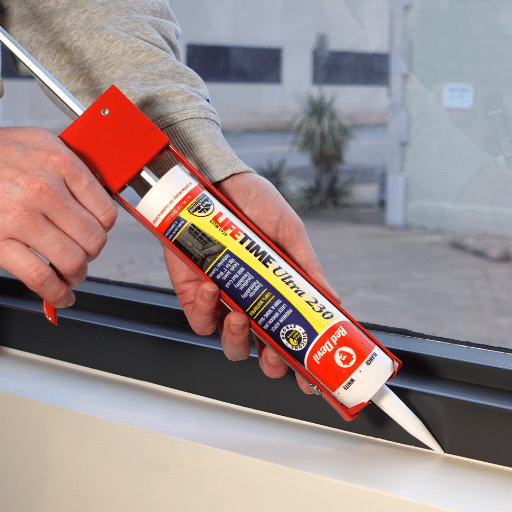
Overview of Adhesion Testing Techniques
Adhesion testing techniques are concerned with determining the adhesion strength between a sealant and a substrate. The sealant is expected to perform adequately both during application and service conditions. Various testing methods are selected for adhesion testing depending on the nature of the materials being bonded to each other, the environment in which the sealant is to be used, and the degree of accuracy required.
The peel test is a common example used to measure the force which is applied as a bonded material is peeled away from its substrate. It measures the flexibility of the sealant along with the adhesive quality. Another common one is the tensile adhesion test, where mechanical force is applied to pull the sealant out of the substrate to measure the ultimate strength of the bond and to the failure of the bond. Both methods provide valuable information that must be considered in assessing the ability of a sealant to sustain a strong and long-lasting bond.
Adhesion tests are extremely important in detecting early failure and improving sealant formulation and application techniques. Whenever testing methods are reliable, warranties and guarantees can be given by manufacturers and contractors with assurance regarding the longevity and performance of their weatherproofing systems. In the presence of such tests, structural integrity is maintained as they defend the structures against environmental stresses such as moisture, temperature changes, and winds.
Field Adhesion Test: Procedure and Best Practices
In the field, an adhesion test needs to be performed to assess if some sealant meets the particular performance criteria concerning welding to a given substrate. Along the intended line of adherence, the sealant must adhere firmly to the substrate; otherwise, it will prematurely fail and not perform any weatherproofing functions. Such an adhesion test will verify whether the application of the sealant, the preparation of the surface, and even the environmental conditions were correct.
Test Procedure:
- Select a suitable area over which the sealant has been applied
- Cut through the sealant a strip about two inches long
- Pull the strip gently at 90 degrees from the substrate, watching its behavior
- Observe if the sealant stretches and breaks cohesively (good adhesion) or peels off cleanly (poor adhesion)
Best practices require that surfaces be clean, dry, and free from contamination before the application of the sealant. If a primer is specified, use it, and carry out the curing test at the recommended time given by the manufacturer. Conduct adhesion tests at a number of places on the structure to catch any inconsistencies. Record and keep comprehensive reports on the test results so any future potential problems can be immediately elbowed out to ensure stringent standards are maintained in the weatherproofing system.
ASTM Standards for Sealant Testing
According to ASTM standards, sealants should be tested to ascertain durability, performance, and adhesion in different construction applications. The ASTM standards set up a testing regimen for sealants, wherein controlled conditions are imposed to simulate real life situations so as to maintain a building’s structural integrity. By adhering to ASTM standards, manufacturers and professionals can have a reasonably objective evaluation of sealants in terms of quality and appropriateness for a given use.
Key ASTM Standards:
- ASTM C920: Sets forth specifications for elastomeric joint sealants, focusing on movement capability, adhesion, and resistance to weathering
- ASTM C719: Tests sealants for their cyclic movement as they undergo temperature variations to establish flexibility and resistance to aging
- ASTM C1521: Provides guidelines for evaluating the adhesive and cohesive properties of sealants
Sealants undergo testing-perhaps the most well-known-set under ASTM standards-thus one can identify potential problems in advance of installation, with all risks associated with failure and costly repairs minimized. This applicability with standards tends to put in place system laws and tend to instill confidence in consumers about the reliability of the sealants. In essence, the more comprehensive the testing, the longer a construction project stands, and the safer it remains, assuming all materials were tested to behave accordingly under varied conditions.
Evaluating Adhesion of Installed Weatherproofing Sealant Joints

Factors Affecting Adhesion of Installed Sealants
Several factors affect the adhesion of installed weatherproofing sealant joints, such as surface preparation, environmental conditions, and the properties of the sealant itself. Surface preparation is the most critical step to achieve the best adhesion. The procedure includes washing the substrate to remove dust, dirt, grease, or any contaminants that prevent proper bonding from happening. A clean surface, free of moisture, whether it is primed or unprimed, provides an adequate base for the sealant to adhere to.
Environmental parameters also began to play a significant role in adhesion. Temperature and humidity during the time of application and of curing can determine the bonding ability of the sealant to the surface. Extreme cold or heat, excess moisture, and other rapid weatherings may prevent the sealant from forming a firm and long-lasting connection. Observance of application guidelines concerning ranges of temperature and humidity can foremost avoid such circumstances.
Finally, the chemical and physical properties of the sealant determine the performance of the sealant and, finally, dictate hence its long-term efficacy to contract. Sealants are to be compatible with the materials to which they are applied and have the requisite flexibility, durability, and resistance to weathering. Regular testing and adherence to industry standards ensure that the chosen sealant will perform adequately for its intended use and maintain adhesion over time.
Best Practices for Evaluating Installed Weatherproofing
Evaluation Steps:
- Visual Inspection: Look for cracks, gaps, peeling, water leakage, discoloration, or damage to adjacent materials
- Adhesion Testing: Apply pressure or controlled conditions with peel tests to check bond strength
- Flexibility Testing: Conduct tensile or elongation testing to assess response to temperature changes and movement
Periodic testing and maintenance give a fair check on whether the weatherproofing lasts effectively to prolong structure life and avoid costly repairs. Make sure that the adhesion test is executed according to accepted standards such as ASTM or ISO for reliable results.
Common Challenges in Adhesion Testing
Key Testing Challenges:
- Surface Preparation Variability: Incorrect or contaminated substrate cleaning can lead to inconsistent results
- Real-World Condition Simulation: Laboratory setups may not fully reflect environmental interactions in actual work situations
- Standardization Issues: Different testing procedures may yield different results, requiring consistent methodology
It is critical to choose the appropriate standardized test to use in the application of interest. In all cases, the testing procedures need to be kept consistent for the test results to be useful and comparable. This way, better decisions will be made with respect to the selection of one material or another.
Emerging Trends in Sealant Testing
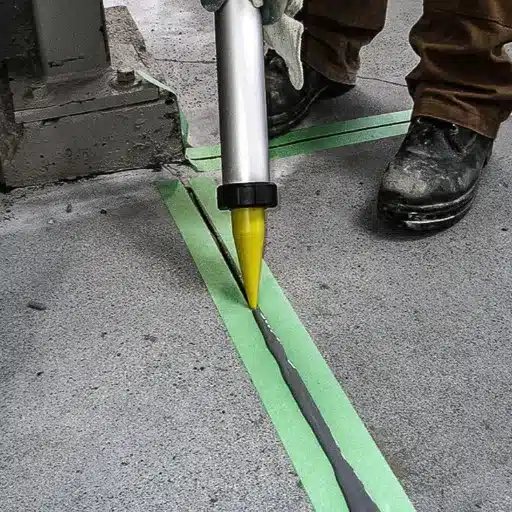
Recent Advancements in Adhesive Technologies
The requirements for stronger, flexible, more glue types with the possibility of sustainable options have made big strides lately. The very prominent development is the bio-adhesives extracted from renewable resources, e.g., plant oils, natural polymers, and so on. Such coatings diminish dependence on fossil fuels and lessen pressure from an environmental viewpoint, which is in line with a growing demand for green and eco-friendly materials. Moreover, their performance is comparable to that of synthetic adhesives, thus presenting a viable alternative in a wide variety of applications.
Another more prominent area of evolution lies in the nanotechnology incorporation in formulation of adhesives. The addition of nanoparticles into adhesives has enhanced the properties of adhesives to give them heat resistance, mechanical strength, and durability of the bond formed, with varying levels of emphasis depending on the type of nanoparticle used. Such newly developed adhesives can be applied in harsh environments, where aerospace and automotive industries come into the picture, to act against the high stresses and temperature changes.
Lastly, the developments in the field of adhesives are crowned by the smart adhesives phenomenon. These adhesives have the capability to adapt to external influences, such as temperature or moisture, and heal themselves from slight damages. This function helps to extend the life of adhesive bonds while simultaneously rendering them more reliable, with applications in areas such as electronics, medical devices, and advanced manufacturing. Hence, the set of innovations is changing modern adhesive technologies and paving the way for more efficient and sustainable solutions.
Innovations in Sealant Testing Methods
The testing of sealants has evolved greatly to optimize accuracy for simple assessments with certain emphasis placed on efficiency and reliability. State-of-the-art testing method watch adhesion strength, flexibility, temperature-resistance, and durability in many environmental conditions. These methods use high-end tools of thermal analysis, spectroscopy, and mechanical tests to give data of varying scope, permitting manufacturers to optimize their formulations for output and performance.
Testing Innovations:
- Accelerated Aging Simulation: Replicates long-term environmental exposure in shorter periods
- Non-Destructive Testing (NDT): Uses ultrasonic testing or X-ray imaging for internal material inspection
Early identification of weaknesses during the product design process allows corrections to be made rendering the product more resilient and in some cases better suited for their given applications. These help verify uniformity and detect hidden defects, thus allowing quality control during production processes, thereby leading to safer and reliable sealant solutions.
Impact of Industry Standards on Testing Practices
Industry standards ensure the development of various methodologies and protocols, which find application in testing practices. With the concept of uniformity, standard provisions aim at consistency, reliability, and safety among the various elements within that field. Standards such as ASTM, ISO, and many more lay down specific guidelines for procedures, materials, and performance metrics, which are to be adhered to by the testing practices. This, in turn, allows comparison of results and generates a high level of confidence in the product quality and safety.
If something is tested incorrectly, the product’s working might be compromised; hence, testing sealants is a situation where adherence to industry standards becomes particularly important. These standards provide parameters that include testing conditions; methods to measure properties such as adhesion or tensile strength; and ranges of performance to be accepted. Testing done out of standard specifications can fail to detect defects in materials or substrate areas, fail to assure material consistency, and fail to assure measures have been taken to comply with safety and regulatory requirements before the product enters the market.
Also, standards prompt innovation by encouraging the continual evolution of testing methods. These standards motivate entities to explore new technologies, like non-destructive testing methods, always within the framework prescribed by the standards. In doing so, manufacturers minimize their risks and increase the quality of their control; the standards boost the confidence of consumers and regulators alike. In the end, these standards form the backbone for safer and better materials across a host of applications.
Practical Applications of Sealant Testing Across Industries
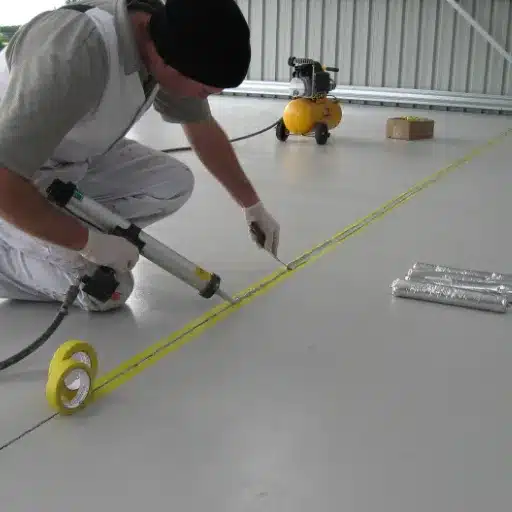
Construction and Building Applications
Sealant testing is necessary in construction and building applications to ensure safety, durability, and long-term performance. These tests check how well a sealant sticks to surfaces, its elasticity, and its ability to resist environmental conditions such as variation in temperature, UV radiation, and moisture. With these properties as reference points, the building professionals can opt for materials that comply with the specifications for a particular construction project.
Primarily one application includes the sealing of joints and gaps in buildings, especially in windows, facades, and roofing systems. These regions tend to face water infiltration and air leakage that end up compromising structural integrity and energy efficiency. Sealant testing ensures that the products used can provide efficient adhesion and flexibility, to prevent eventual costly damages and maintain thermal insulation for a long time. Reliable testing procedures help reduce potential failure resulting from dynamic stress or harsh weather conditions, thereby increasing the longevity of the building envelope.
Sealants get tested for compatibility with substrates and materials such as glass, metals, or concretes. If tested for chemical compatibility, this ensures that the chemical reaction will not weaken or deteriorate the bond. Good quality sealants provide building structural stability and energy efficiency and support sustainability objectives by minimizing repair work and use of resource. Through these tested procedures, safer and resilient infrastructures are achieved in the construction world.
Aerospace and Automotive Industries
Sealants are applied in the aerospace and automotive industries to optimize safety, durability, and performance under different applications. In these areas, materials need to be as light as possible yet strong; sealants work to increase bonding strength while protecting the bonded surfaces from ambient attacks such as corrosion or moisture attacks. Thus, the seals are able to maintain structural integrity while being subjected to intense stresses or adverse environmental situations.
Key Applications:
- Providing hermetic seals for airtight and watertight systems
- Improving aerodynamic performance and fuel economy
- Muffling vibrations and reducing noise for passenger comfort
- Protecting parts from chemicals, temperature extremes, and pressure changes
Manufacturers of high-end sealants ensure that testing for compatibility and durability will enhance product reliability and life expectancy. This, in turn, makes it much harder to meet sustainable requirements, since reduced frequency of usage equals fewer repairs and replacements. Applying sealants in these industries shows the many problems that these advanced materials can solve while making sure that the solution is sound with regard to safety, performance, and environmental concerns.
Future Directions and Industry Needs
The top priority for sealant development would have to be in creating more sustainable and environmentally friendlier materials. New generation materials should be directed towards lowering the environmental impact of the production and application processes, while yet being able to meet the performance criteria required. This may take shapes such as designing bio-base or recyclable raw materials and implementing more energy-efficient manufacturing procedures. The front of R&D will probably shift significantly towards sustainability issues in the near future.
Another area of focus is enhancing sealant performance to meet the ever-increasingly complex demands from industries in automotive, aerospace, and construction. Sealants need to support technologies such as electric vehicles and energy-efficient buildings by improving on durability, thermal resistance, and flexibility. Investing in advanced testing methods to validate long-term reliability in different environments will go some way toward fostering demand for these industry needs.
Then, the integration of sealants with digital technology will pave the way for future innovations. Adaptable or smart materials react to environmental changes; such materials will affect multiple industries by increasing functionality and reducing maintenance. All stakeholders in the industry should collaborate in making these innovations, so that the solutions remain safe, effective, and in alignment with global sustainability objectives.
Frequently Asked Questions (FAQ)
Q: What is meant by sealant testing, and why is it important?
A: It is a vital process where the sealant’s properties are being examined to make sure that it will actually work in different applications. The testing is carried out to determine the performance characteristics of the sealant, including adhesion and durability against environmental conditions, factors critical to maintaining integrity in building and manufacturing.
Q: What are the usual types of common sealant failures?
A: Adherence failure, failure within the material, and failure of the sealant bead are the usual types of failures involved with sealants. Adhesion failure occurs when separation arises between the interface of the sealant and the substrate; meanwhile, variances occur in a sealant in cohesion failure. It is extremely important to understand such types of failures, especially when one sets out to select the most appropriate sealant for a particular situation.
Q: How does strain imposed on the sealant affect its performance?
A: The strain that the sealant experiences seriously influences its behavior and may cause cracking or breaking, which means loss of integrity. Testing evaluates the sealants’ responses to strains under differing conditions, trying to predict the long-term performance of cementing operations under real-world conditions.
Q: What is the standard method for evaluating adhesion in sealants?
A: Evaluating adhesion is usually by means of several testing procedures, ASTM C1521 being among the most commonly used, providing guidelines for evaluating the adhesive and cohesive properties of sealants. These standards help provide uniform basis on which sealants are evaluated and also serve as a quality assurance procedure during the application of the sealant.
Q: How do elastomeric sealants differ from other sealants?
A: Elastomeric sealants have properties that allow them to stretch and come back to their original shape; therefore, they are used when movement is expected. They differ from rigid sealants in that they could strain without losing their adhesion, whereas a rigid sealant tends to crack as a consequence of the strain.
Q: What role does accelerated weathering play during sealant testing?
A: It simulates long-term exposure to environmental conditions such as UV light, moisture, and temperature changes. Thereby, the sealant is observed for performance through aging, giving crucial information to manufacturers or users about durability.
Q: Can sealant testing be nondestructive?
A: Yes. Nondestructive testing methods characterize adhesive and cohesive properties without actually destroying sealant or substrate. This approach mainly applies to evaluating existing installations where the integrity of the sealant is of essence.
Q: What factors should one consider when selecting a sealant for a given substrate?
A: When considering sealant selection for a specific substrate, one has to go to certain considerations such as the adhesive and cohesive properties, environment exposure, joint movement, and compatibility with materials concerned. These factors cause the overall performance and life of the sealant.
Q: How can I be sure of the correct application of sealants?
A: Proper sealing requires strictly following the prescribed procedures set forth by the manufacturer and standards, including surface preparation, application methods, and curing times. If applied correctly, the glue will prevent any adhesive or cohesive failures with a better working-based sealant.
Q: What important aspects would assist in determining a sealant’s overall performance?
A: Information such as the results of sealant testing, manufacturer specifications, and guidelines for use will assist in determining overall sealant performance. Furthermore, knowing what an installed sealant is like, how it reacts with the joint seal, will give some clue as to its reliability.
References
- Adhesives and Sealants Testing – ALFA CHEMISTRY
This source provides comprehensive testing services for adhesives and sealants, including composition and purity analysis. - New Research Investigates Innovative Possibilities for Process Monitoring of Sealants
Discusses inline-capable measuring techniques for quality assurance in sealant applications. - Sealant Standard Test Methods – Adhesive and Sealant Council
Offers detailed information on standard test methods for sealants, including laboratory procedures. - Building Sealant Recommendations and Surface Preparation – Dow
A guide from Dow on high-performance sealants and primers, focusing on adhesion and weatherproofing. - Sealant Adhesion & Compatibility Study Report – Walsh Construction
A study report on sealant adhesion and compatibility, critical for weatherproofing systems in buildings.

